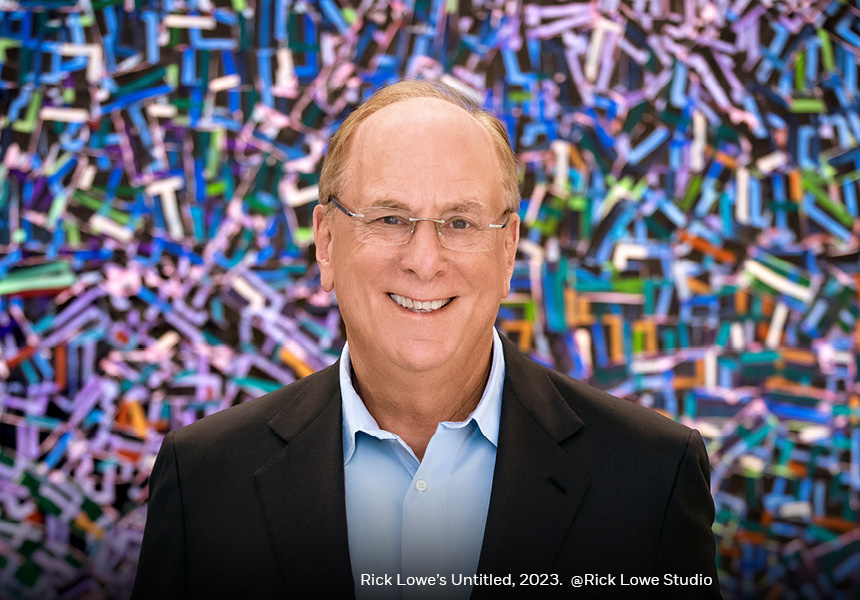Niet-professionele belegger
Een niet-professionele belegger is een belegger die niet als een professionele belegger wordt beschouwd, zoals hierna uiteengezet.
Professionele belegger
Een professionele belegger is een belegger die voldoet aan de criteria vastgesteld in de Bijlage bij het Koninklijk Besluit van 19 december 2017 tot bepaling van nadere regels tot omzetting van de richtlijn betreffende markten voor financiële instrumenten.
Het betreft meer bepaald een belegger die de nodige ervaring, kennis en deskundigheid bezit om zelf beleggingsbeslissingen te nemen en de door hem gelopen risico’s adequaat in te schatten.
Bepaalde entiteiten worden aangemerkt als per se professionele belegger. Andere entiteiten kunnen behandeld worden als professionele belegger nadat ze dit verzocht hebben en BlackRock Investment Management (UK) Limited dit heeft bevestigd.
Categorieën van beleggers die als per se professionele belegger worden aangemerkt
Bepaalde entiteiten worden als per se professionele belegger op het gebied van beleggingsdiensten en -activiteiten en financiële instrumenten aangemerkt, namelijk:
(1) entiteiten die een vergunning moeten hebben of gereglementeerd moeten zijn om op financiële markten actief te mogen zijn. Onderstaande lijst moet worden gezien als een lijst van alle vergunninghoudende entiteiten die de karakteristieke werkzaamheden van de genoemde entiteiten uitoefenen: entiteiten waaraan een lidstaat op grond van een richtlijn een vergunning heeft verleend, entiteiten waaraan een lidstaat een vergunning heeft verleend of die door een lidstaat gereglementeerd zijn, zonder dat zulks op grond van een richtlijngeschiedt, en entiteiten waaraan een derde land een vergunning heeft verleend of die door een derde land gereglementeerd zijn:
(a) kredietinstellingen;
(b) beleggingsondernemingen;
(c) andere vergunninghoudende of gereglementeerde financiële instellingen;
(d) verzekeringsondernemingen;
(e) instellingen voor collectieve belegging en hun beheervennootschappen;
(f) de pensioenfondsen en hun beheervennootschappen;
(g) handelaren in grondstoffen en grondstoffenderivaten;
(h) plaatselijke ondernemingen (“locals”);
(i) andere institutionele beleggers.
(2) grote ondernemingen, andere dan bedoeld in 1°, die op individueel niveau aan twee van de onderstaande omvangvereisten voldoen: a. balanstotaal: twintig miljoen euro, b. netto-omzet: veertig miljoen euro, c. eigen vermogen: twee miljoen euro;
(3) de Belgische Staat, de Gemeenschappen en de Gewesten, de buitenlandse nationale en regionale overheden, overheidsorganen die op nationaal of regionaal niveau de overheidsschuld beheren, centrale banken, internationale en supranationale instellingen zoals de Wereldbank, het IMF, de ECB, de EIB en andere vergelijkbare internationale organisaties;
(4) andere institutionele beleggers wier belangrijkste activiteit bestaat uit het beleggen in financiële instrumenten, inclusief instanties die zich bezighouden met de effectisering van activa of met andere financieringstransacties.
In aanmerking komende tegenpartij
Overeenkomstig het Koninklijk Besluit van 19 december 2017 tot bepaling van nadere regels tot omzetting van de richtlijn betreffende markten voor financiële instrumenten, worden de volgende entiteiten als in aanmerking komende tegenpartijen beschouwd:
(1) beleggingsondernemingen;
(2) kredietinstellingen;
(3) verzekeringsondernemingen;
(4) instellingen voor collectieve belegging en hun beheervennootschappen;
(5) pensioenfondsen en hun beheervennootschappen;
(6) andere krachtens wetgeving van de Europese Unie of het nationale recht van een lidstaat vergunninghoudende of gereglementeerde financiële instellingen;
(7) nationale regeringen en hun diensten, met inbegrip van de overheidsinstanties die op nationaal niveau belast zijn met het beheer van de overheidsschuld;
(8) centrale banken;
(9) supranationale organisaties.

